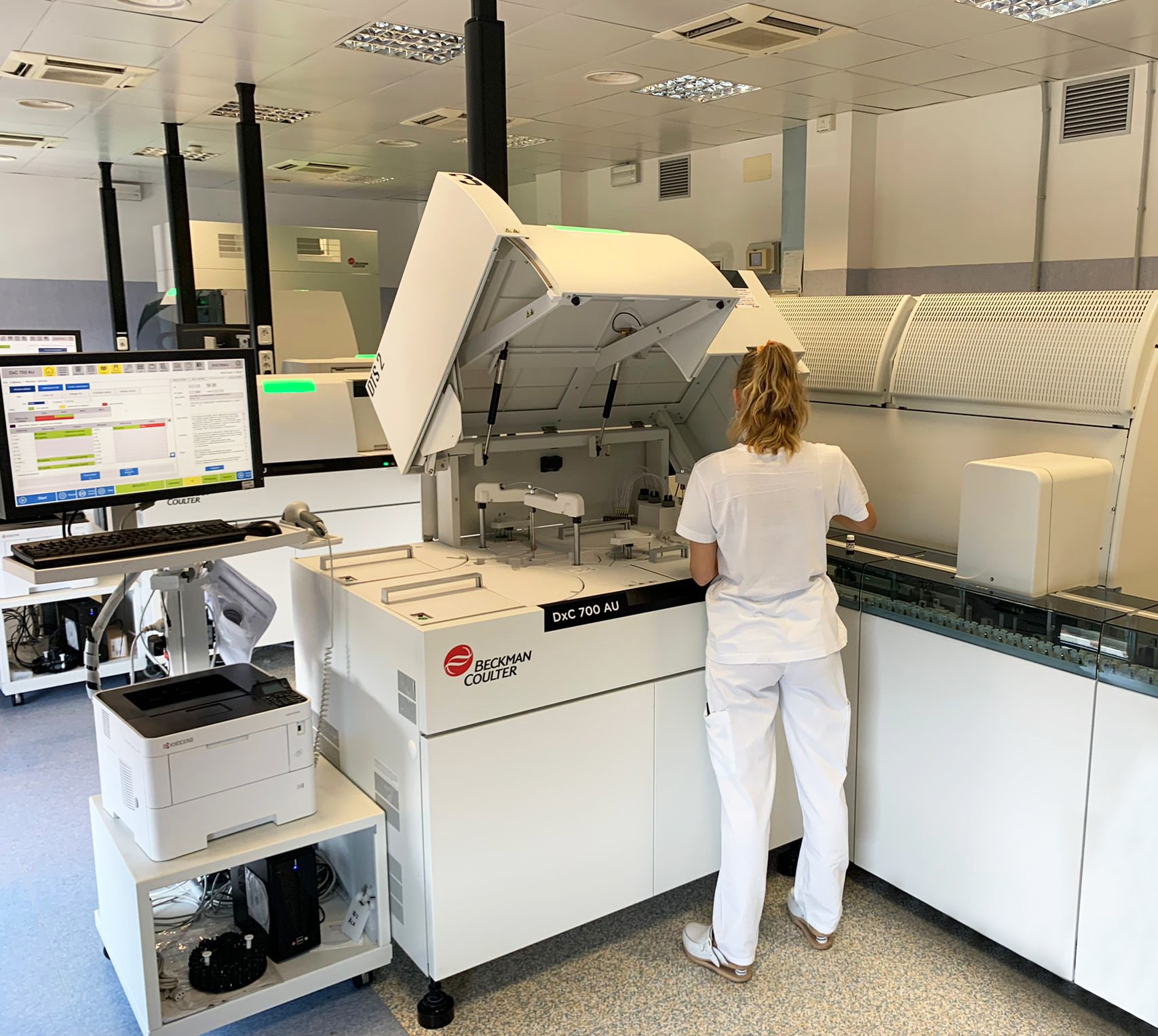Beckman Coulter installs the world’s 100th DxA Automation System
San Paolo Hospital in Savona, Italy, has upgraded its Corelab-related analytical equipment. In collaboration with Beckman Coulter, the San Paolo diagnostic laboratory has installed Beckman Coulter’s DxA 5000 Laboratory Automation System, an innovative, high-throughput automation system that rapidly increases test processing. This latest installation of Beckman Coulter’s DxA Automation System marks the 100th installation worldwide and the first in Liguria region of Italy. It will reduce manual processes, ensure consistent and rapid turnaround time, and correct pre-analytical treatment errors to help deliver a higher quality of each diagnostic test result.
The DxA 5000 now makes it possible to streamline the entire pre-analytical process (access, identification, and tracking) by managing all incoming test tubes to the laboratory which has seen a surge in recent months. It features an intelligent automation system capable of prioritising each test tube according to the patient’s specific needs – from emergency to routine. Thanks to this technology, it will now be possible to quickly handle the more than 15,000 tests reported daily by laboratories.
“San Paolo Hospital Diagnostic Laboratory chose to implement an intelligent system able to manage all incoming test tubes in the Corelab area, allowing for a significant improvement in the entire analytical process, starting from the phase with the highest criticality and impact (i.e. the pre-analytical phase),” explained Dr Lillo, Director of Clinical Pathology Laboratory (ASL 2) in Savona.
Dr Lillo added: “By minimising manual processes and guaranteeing the correct filtering treatment of non-conformities, this solution can ensure greater standardisation of activities and quality of diagnostic test results. Thanks to the ability to manage each individual test tube, using priority criteria configured during the design phase of the operational flows and based on the clinical needs of the patient rather than on rigidly programmed automatisms, the system offers fundamental flexibility to the management of diagnostic dynamics.”





